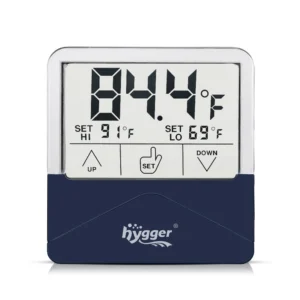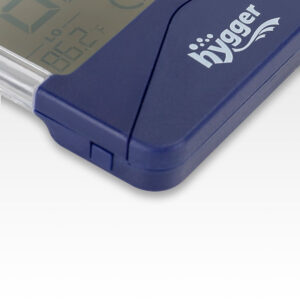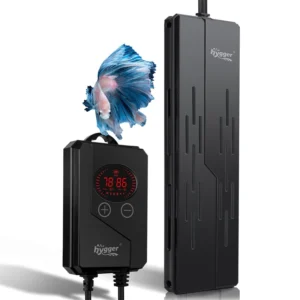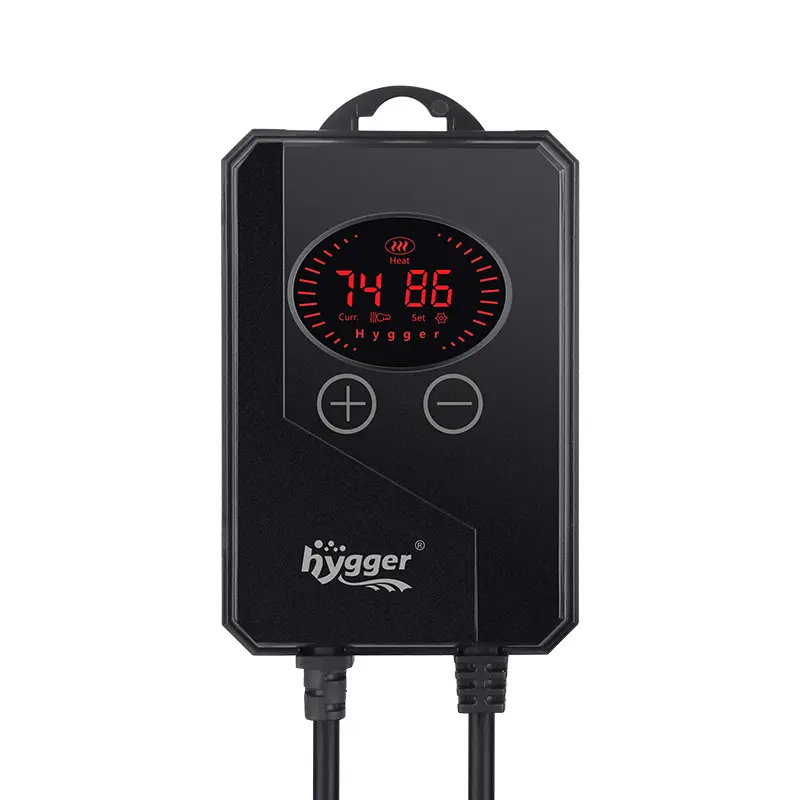Guidelines Before Keeping Russian Tortoises as Pets
Russian tortoises are hardy creatures, which makes them easy to keep as pets. Before keeping them as a pet, there are several aspects that you need to know. For example, what is the Russian tortoise diet, and what is the feeding schedule of a Russian tortoise?
It is important to know about the Russian tortoise’s lifespan, habitat, and origin. It is also worth learning about how to take care of them and suitable accessories for them. All of this, with some other information, is covered in this article. Scroll down and have a worthy learning.
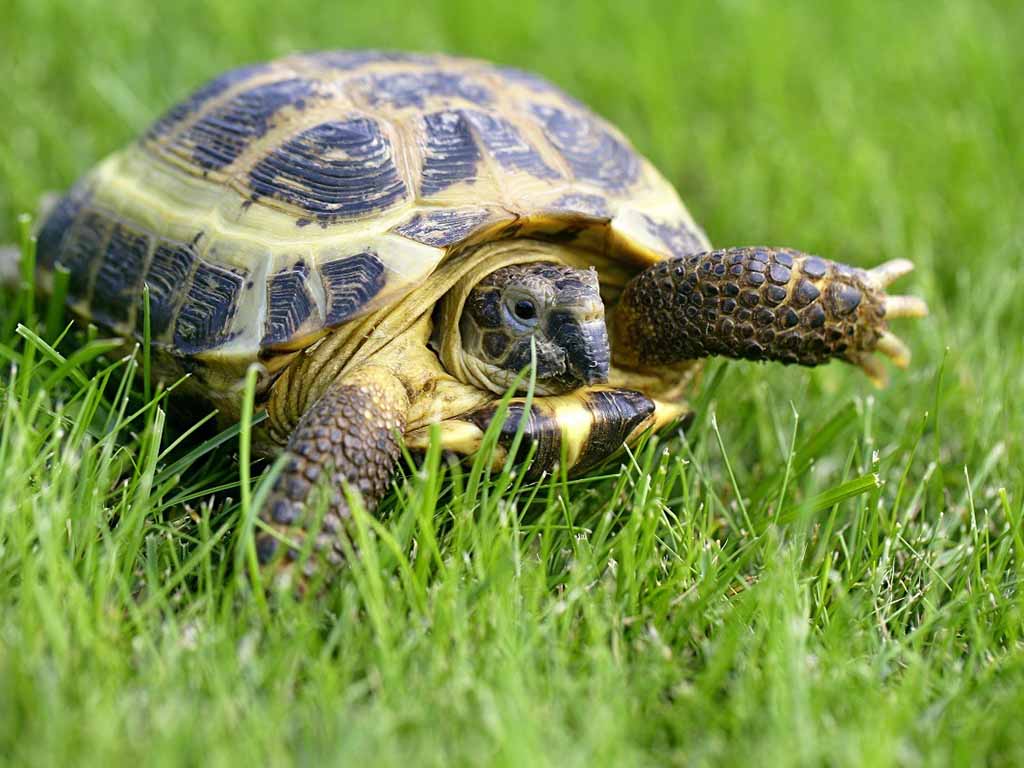
Russian Tortoise Habitat
Habitat
They live in arid areas, i.e., rocky hillsides, deserts, sandy steppes, and grassy regions close to springs. They present at 1500+ height from the mean sea level. In the wild, these cold-blooded animals hibernate during winter for energy conservation. Moreover, they usually live under the ground in the wild, i.e., 2 meter depth. They come on the surface at dawn and dusk.
Origin
Central Asia is the natural habitat of these Russian tortoises. The countries where they are present are the following.
| Turkmenistan | Kyrgyzstan | Kazakhstan | Tajikistan |
| China | Uzbekistan | Russia | Southeastern Russia |
| Iran | Afghanistan | Azerbaijan Pakistan | The Caspian Sea |
Diet
Russian tortoises are herbivores. In the wild, they love to feast on different grasses, flowers, twigs, and multiple types of fruit. As a pet, you should provide them with a low-protein, high-fiber, and calcium-rich diet. The following different foods can fulfill the said conditions.
Leafy food
Multiple types of leafy green options are there for Russian tortoises.
| Collard greens | Mustard greens | Turnip greens | Dandelion greens |
| Spinach | Chicory | Spring mix | Endive |
Vegetables
| Sweet potatoes | Prickly pear cactus | Peepers |
| Corn | Carrots | Squash |
Fruits
| Strawberries | Raspberries | Watermelon |
| Cantaloupe | Papaya | Apple slices |
Other Diet Options
With fruits, vegetables, and leafy greens, there are some other diet options for your pet. These options include:
| Outer green leaves of cabbage | Broccoli leaves | Alfalfa sprouts |
| Bean green | Bean sprouts | Edible flowers (borage, calendula, chamomile, lavender, etc) |
There are also some considerations that you have to keep in mind while feeding your pet.
- Don’t supply lemon, oranges, and other citrus fruits because the citric acid harms them.
- Don’t feed on animal proteins.
- Paste and pellets are not suitable for them. Instead, go with fresh plants.
Cost
Under cost, there are several aspects, i.e., what is the price tag of a Russian tortoise, the budget required for its accessories, and how much a Russian tortoise costs per month. All of these aspects are in the following.
Buying Cost
The price for the captive breed is high because a female only lays 1 – 3 eggs in one clutch. The adult price tag varies between $50 to $300. The young captive breed costs more, i.e., between $225 to $400. The buying cost varies because of the age, species, rarity, and gender of any Russian tortoise. However, some exotic species cost thousands of dollars.
Accessories Cost
Besides buying a tortoise, it also includes the cost of an enclosure, substrate, hides, table, dishes, UVB lights, and enrichment toys. It requires about $200 extra budget.
How Much Does a Russian Tortoise Cost Per Month?
It requires about $50 to $100 per month. It includes the food supply chain, power bills, and other maintenance cost.
Names
The scientific name of this tortoise is Testudo. The Russian tortoise is a common and famous name for them. However, many other names for this four-clawed pet are in the following.
| Force fields tortoise | Soviet tortoise | Four-toed tortoise |
| Horsfield’s tortoise | Russian box turtle | Afghan tortoise |
| Steppe tortoise | Four-clawed tortoise | Central Asian tortoise |
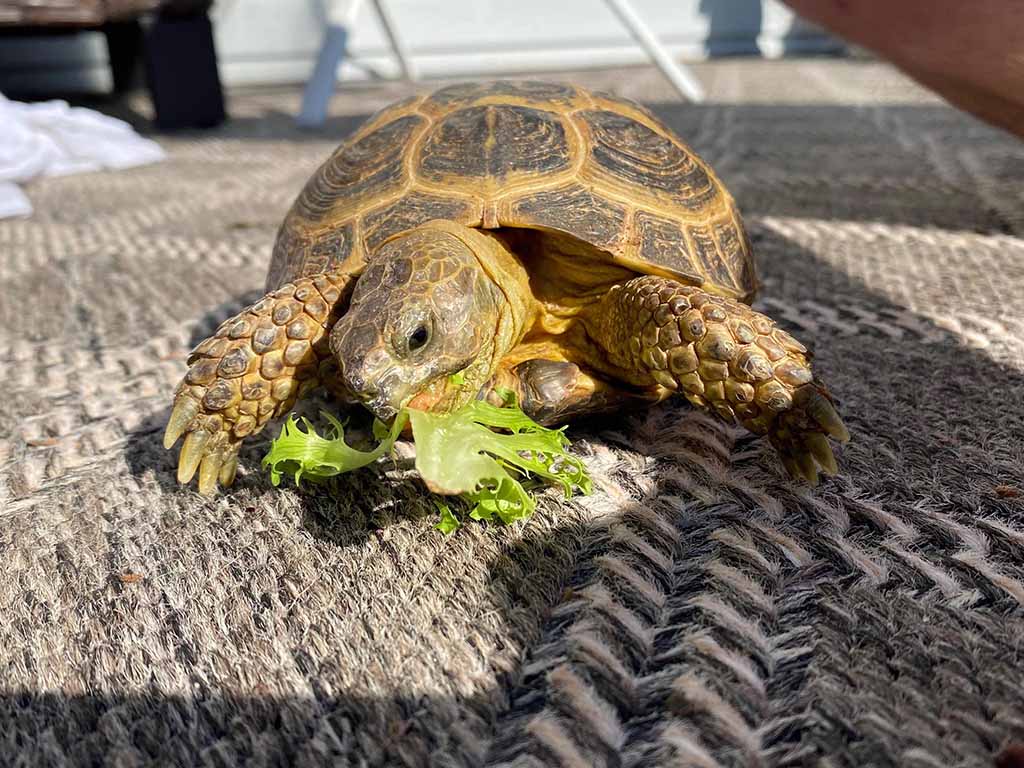
How Big Do Russian Tortoises Get
The size varies among different sub-species but largely remains in a range of 5 to 7 inches. There are 3 recognized subspecies of Russian tortoises.
| T. horsfieldii kazachtanica | T. horsfieldii rustmovi | T. horsfieldii horsfieldii |
Other than the sub-species, the size also varies between males and females. Females are usually larger than males. Females can achieve a size up to 10 inches, while males can grow up to 8 inches in length. However, hatchlings are only an inch long.
How to Choose a Suitable Enclosure Size?
In the selection of a proper tank size for the Russian tortoise, there are some aspects. The age of the tortoise and where you are keeping them, i.e., indoors or outdoors. If you are keeping them indoors, the general enclosure size is as follows.
| Age Group | Minimum Enclosure Dimension |
| Juvenile (1-6 inches) | 3 feet x 2 feet |
| Sub-adult (6-8 inches) | 4 feet x 3 feet |
| Adult (8+ inches) | 4 feet x 4 feet |
If you are keeping them outdoors, it should be at least 4 feet X 4 feet. Moreover, it should be 1 foot deep in the ground and higher enough to prevent it from escaping.
Suitable Accessories
Russian tortoises require numerous accessories for optimal growth in captivity. It includes the following list.
Bathing Dish
Introduce a dish in the enclosure for taking a bath and drinking. It should be deep enough that the skull becomes completely wet. However, it shouldn’t be too deep that your pet drowns in it.
Hiding Spot
In nature, they spent most of their lives hiding. Therefore, you should introduce a hiding spot in the enclosure. The hiding spot should be opposite the basking area and wide enough that the tortoise doesn’t find it difficult to turn inside. Moreover, build the hiding spot with some sturdy materials because they are unintentionally destructive to fragile decor.
Substrate
The substrate should be 4 inches deep so the tortoise hides itself. There are different materials that you can use as a substrate. Some famous ones are as follows.
| Green soil and coconut fiber | Coco coir |
| Orchid bark | A 1/1 mixture of play sand and topsoil |
Heater
Russian tortoises require external heat sources to warm their bodies because they are cold-blooded. The optimal temperature is 30˚C. You can maintain the enclosure temperature with multiple options, i.e., basking lamp, combi lamp, ceramic infra-red (IR) dull emitters, and heaters for tortoise tanks.
Other Accessories
The other accessories include the feeding dish, UVB light, thermometer, and sturdy decors.
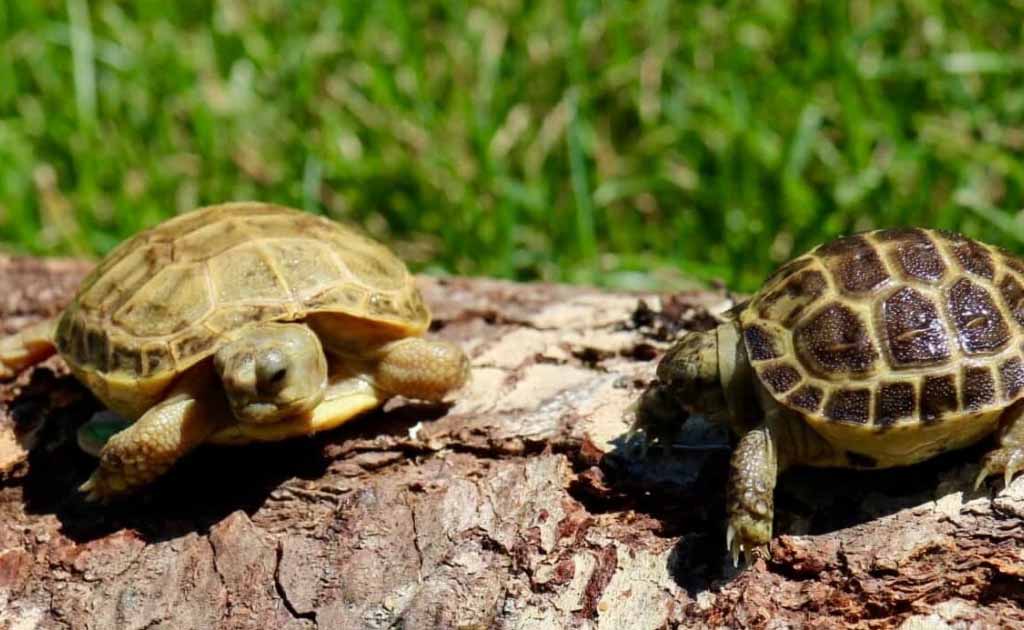
Russian Tortoise Lifespan
Russian tortoises have a low metabolism. Therefore, they live a long life. Usually, they live up to 40 to 50 years. However, with proper care and in favorable conditions, they can also live up to 100 years.
Different Life Stages
There are 4 distinguished life stages of a Russian tortoise, which are as follows.
Hatchling
It’s the early life stage. During this stage, they only long for 1 or a few inches. They display bright colors.
Sub-adult
During the sub-adult stage, they gain size up to 6 – 8 inches and increase their activities. Moreover, the bright colors and markings fade. The skull is more hardened than the hatchling stage.
Adult
The size becomes at the maximum limit, i.e., up to 10 inches in females and 8 inches in males. Color and marking achieve the final stage with a fully hardened and grown skull. You can observe the maturity in behavior. They spend their time in basking and exploring.
Elders
There is no change in size but wear and tear in the skull. At this life stage, they become slow and reduce their activities.
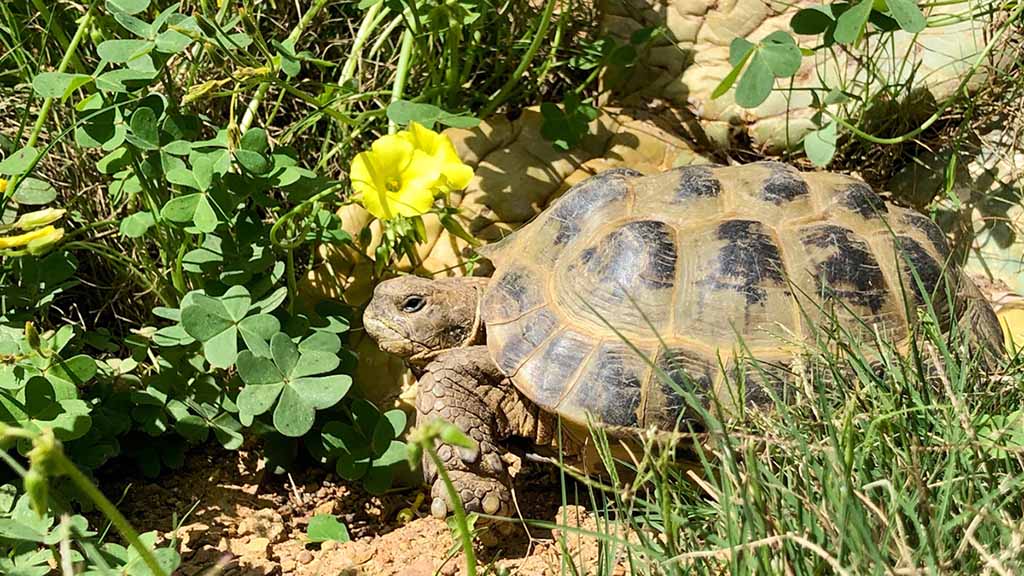
Care for a Russian Tortoise
Russian tortoises are hardy and easy to care for. However, they have specific needs for their optimal growth. Among needs, the enclosure size and substrate have already been discussed. However, some other salient aspects are here.
Temperature
15 to 32°C is the optimal temperature range for Russian Tortoise growth. 35°C is the best basking temperature. Below 15℃, it stops eating; above 35℃, it enters aestivation and hibernates deeply around 0℃. The humidity for the tortoise is 40-60%.
To achieve it, install a heating implement and a thermometer. The heating implements include turtle tank heaters, heat cables, and heat tapes. Install a thermostat to maintain the temperature.
Whatever the packaging says, install all of these heating instruments inside and outside of the tank. At night, use a heater to maintain the temperature because the temperature falls greatly.
Humidity
60% is the optimal humidity value of the Russian Tortoise. In the enclosure, maintain the humidity between 40 – 50% on the surface. Put the moist soil as the substrate with 70% humidity.
Lighting
Proper lighting is essential. It helps to correct the calcium deficiency in the reptile. Adjust the light according to the day-night cycle. Turn the light for 8 hours in winter and 14 hours in summer. However, you can also adjust it by 12 hours cycle.
The light should be at least 12 inches and maximally 20 inches away over the head of the enclosure. Change the light after every 6 months, whether it’s working correctly. No need for light during the night because they can observe some infrared radiation. The use of red, blue, and black lights can cause stress among them.
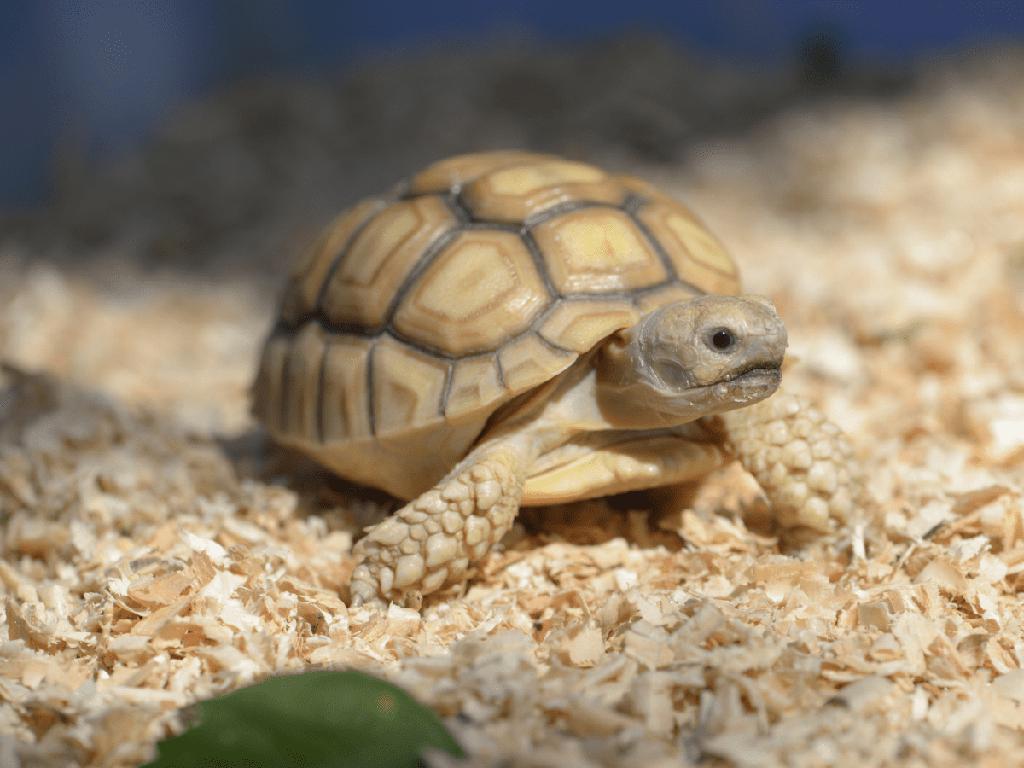
Feeding
As mentioned earlier, the Russian tortoises are herbivores, and they eat a variety of food. Here is the feeding schedule for your pet.
Daily
- Provide them with fresh and clean water for drinking and bathing.
- Feed them on dark, leafy greens.
Thrice a Week
- Feast them with a small quantity of different fruits, i.e., strawberries, raspberries, watermelon, cantaloupe, papaya, and apple slices.
- Dust vitamin D3 on food according to maintained dosage on packing.
Weekly
- Weekly feed them multivitamins, i.e., Vitamin D, fiber, calcium, and iron.
Keep on rotating in leafy greens to avoid monotony. Feed your adult tortoise with such quantity that they can finish within 30 minutes or maximally in 1 hour.
Sickness
Some signs should make you alert about your pet tortoise’s health.
| Bubbling from nose | Lethargy | Loose stool | Loss of appetite from 2 – 3 days |
| Swollen or closed eyes | Shell becomes soft | Abnormal shell growth | Wheezing |
If you observe any of the sickness signs, then consult your vet.
So, What Now?
With this knowledge, you can set up your Russian tortoise enclosure. These Asian natives are herbivores. Therefore, you can observe a variety in the Russian tortoise diet, i.e., leafy greens, fruits, etc.
Spare some big bucks for their purchase, accessories, occasional maintenance, on and off medication, and regular food supply. Passing through different life stages, they have, on average, 50 years lifespan. To make it happen, do proper care and adopt a feeding schedule.

